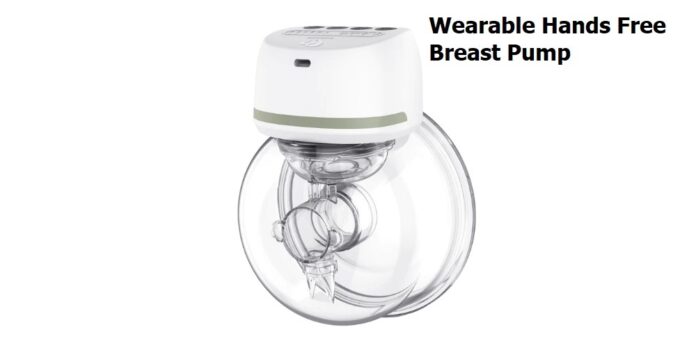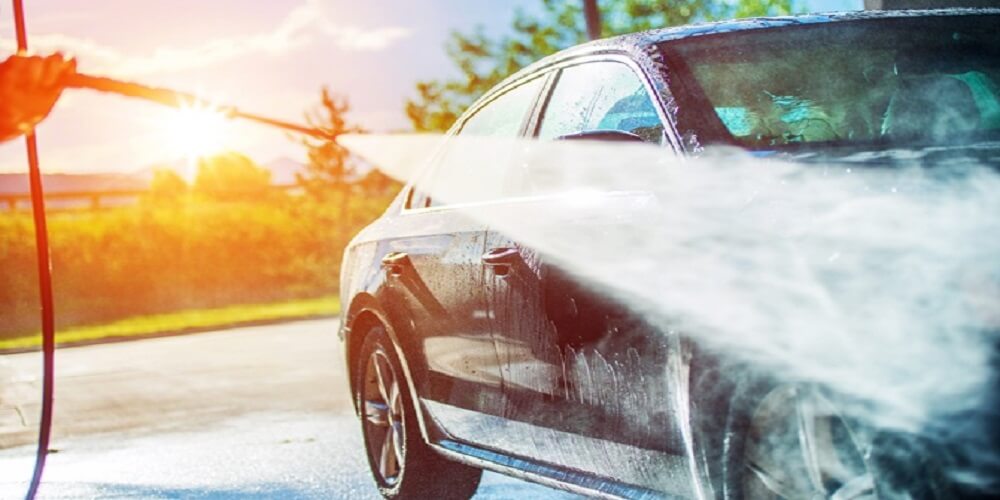Hands-free breastfeeding expression is one of the many characteristics of nursing that need practice before becoming used to it. Keep yourself comfortable and increase the amount of milk that you produce by following these tips:
Make Sure to Choose the Right Size
Check that the breast shield you have is the appropriate size. The tunnel’s diameter should be approximately 4 millimeters (0.16 inches) greater than the diameter of your nipple. If it is too tight, your nipple may chafe against the sides. If it is too loose, excessive breast tissue may be dragged within. The good news is that breast shields are available in five different sizes, so you should have no trouble finding one that is appropriate for you.
Position the Nipples at the Center
Before you begin pumping using hands free breast pumps, double-check that each of your nipples is positioned in the center of the breast shield tunnel it will be attached to.
Pumping Bra Should Hold Both Breast Shields
Check that the pumping bra is snug enough to securely retain both breast shields on your breasts without being uncomfortably tight. If necessary, make the appropriate adjustments or loosen it up to ensure that the milk flow is not limited.
Vacuum to the Best of Your Ability
Aim for your maximum comfort vacuum or the greatest vacuum you can bear without experiencing pain to get the most milk out of each pumping session. To determine your optimal level, gradually increase the suction until it feels somewhat uncomfortable (but not painful), and then turn it down a bit.
Do Not Lean on a Breast Shield
If you lean on a breast shield or push it too firmly against your skin, you risk compressing your milk ducts and reducing milk production.
Massage Breast While Pumping
If you want your milk to come out of all your ducts easily, give your breasts a light massage every now and then while you’re pumping.
Examine Your Breast After Pumping
After you have finished pumping, you should examine your breasts thoroughly and confirm that they are completely drained. They should be tender.
Your Breast Should Feel Comfortable After Pumping
Nipples may look longer or redder after pumping, but they and your breasts should feel fine otherwise. If you’re experiencing chafing, try lowering your vacuum or switching to larger breast protection. Skin depressions when pumping could signify an overly-tight bra or leaning or pressing too hard on the breast shield. Modify your approach before your next expression to maintain ease and prevent future issues.
Stop Using Breast Pump if there is Soreness or Pain
If you are experiencing pain or soreness when you pump hands-free and it is not going away, you should stop pumping it that way and speak to a lactation consultant or breastfeeding specialist about your options.
Pump By Hand If You are Concerned With Any of the Above Issues
If you are exclusively pumping breast milk and are worried about any difficulties listed above, try pumping once or twice a day without the hands-free option. This will allow you to properly support your breasts as you pump and ensure they are well drained.











